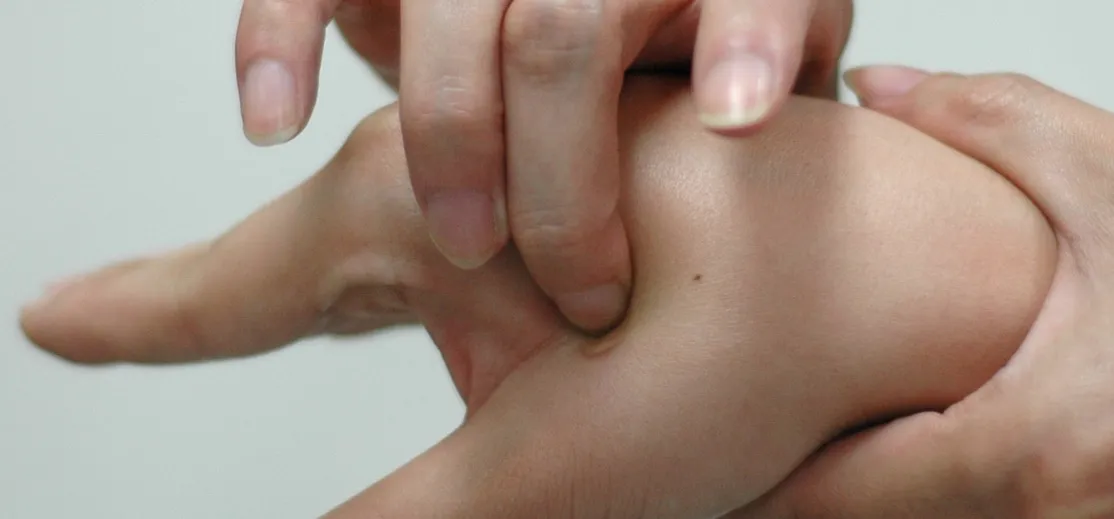The art of persuasion is a very crucial characteristic that anyone can learn, and it has countless benefits. Whether it's at work, home, or in social situations, the ability to be veritably persuasive can have an unheralded impact on your daily life.
Convincing others to do your bidding may seem a bit cheap, but it's actually quite instrumental to achieving goals and maintaining happiness. From pitching an idea at a work meeting to getting a free drink at a bar, persuasion can benefit you at every turn. Without persuasive skills, you're left to the wolves of the world, to fend for yourself when you need help.
For the novices of the persuasive arts, many times odd and eccentric techniques are implemented. Swearing at the end of a statement, talking into the right side of the ear, and feeding coffee to the person you are trying to convince are commonly used tactics.
You can even mimic their movements to gain trust or challenge them instead of telling them to do something.

Those who are competent in persuasion tend to soften up their target, similar to the marinating of a turkey for Thanksgiving, by using tricks like asking for a small favor before the larger intended one or appealing to the person's greed. While all of these might very well work, there is one technique that stands above the rest if you want to be an expert in persuasion:
All you have to do is convince the person you are trying to persuade that they're actually making their own choice.
This approach, called the "But You Are Free" technique, allows you to assert your hand in their decision, while allowing them to think they have the choice of freedom. The technique is backed by 42 different psychology studies on over 22,000 people. Each individual study confirmed that the chances of someone saying "yes" doubled when the technique was implemented.
While the exact wording is uniquely specific to the situation, key phrases such as "it is up to you to see,""up to you to choose," and "but you are free of" are all common when trying to convince with this technique.
An example of this technique at work is an activist seeking to gain petition signatures by saying people are free to add their names or not. Ever had a sales person tell you that you're free to come back later if you're not ready to buy now? You were being subtly persuaded.
No problem, come back later if you'd like, but this iPad might not be here when you get back.
The technique is very simple, but tends to work at its best when implemented in a face-to-face interaction—something like a phone call, email or text message won't have the same gravitas as a personal meeting, with eye contact and body posture helping aid your cause.
Try out the technique yourself and see how it works.
Personally, I've used this approach quite a lot and it does work, especially with my friends. About a week ago, I wanted to go hiking in a certain area, but everyone else wanted to go to another place. I mentioned the benefits of where I wanted to go and the disadvantages of where they wanted to go, then ended my speech with "But I mean, you guys can do whatever you want. I don't care".
Guess where we ended up going? Yup.
Photos by Tomwsulcer/Wikimedia, wikiHow, Aaron Amat/Shutterstock, Yumi Sakugawa



























Comments
Be the first, drop a comment!